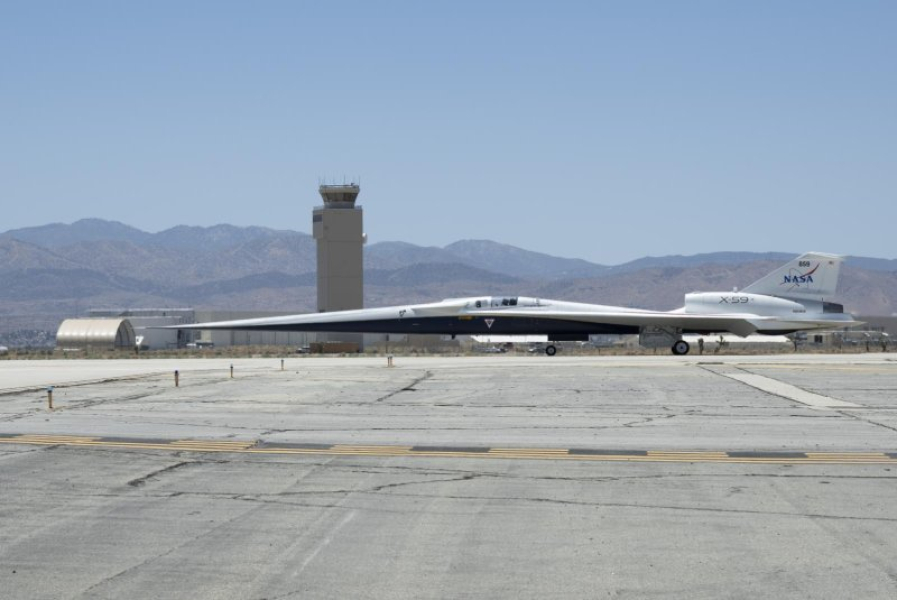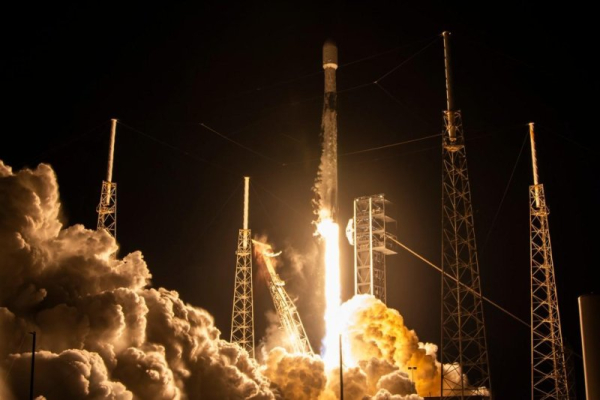
NASA's project to develop a quieter supersonic jet has successfully completed preliminary testing when the X-59 was able to taxi at low speed at its California plant.
The space agency on Tuesday announced the latest achievement for NASA's X-59 program, which is part of the Quesst mission aimed at testing the feasibility of a supersonic aircraft with a quieter sonic boom, allowing for quieter flights over populated areas.
During tests last week, the X-59 was able to navigate a runway on its own at Air Force Plant 42 in Palmdale, Calif. While the aircraft taxied, engineers and flight crews monitored the X-59 to evaluate its handling, braking and other key functions.
According to the agency, this test was one of the final stages before the X-59's first flight. NASA engineers began test flights of the single-engine experimental aircraft at the Lockheed Martin plant last fall to check its systems.
In 2026, NASA plans to fly the X-59 over residential areas and survey locals about the noise it makes as it exceeds the speed of sound. If the X-59 functions as designed, it will make a quiet sound instead of the loud roar typical of supersonic aircraft.
The plane has no windshield because the pilot cannot see out of it, and has delta wings with a span of 29.5 feet and a maximum takeoff weight of 32,300 pounds – lighter than many commercial jets.
After successful testing, NASA engineers will gradually increase the X-59's taxi speed before reaching the takeoff point, the agency said. Data collected from the X-59 will be shared with U.S. and international regulators to develop new noise threshold standards for commercial supersonic flight on the ground.
Sourse: www.upi.com





